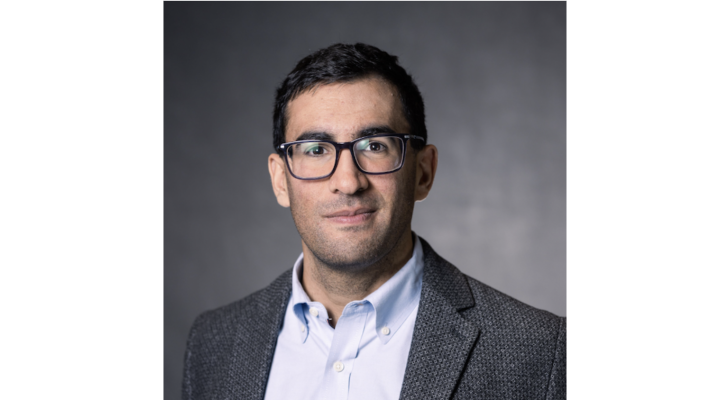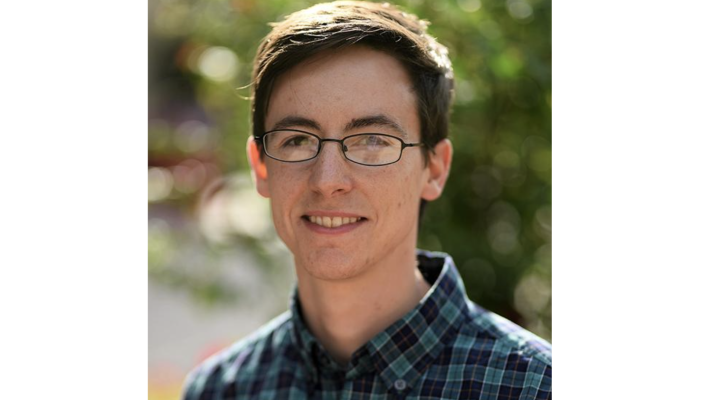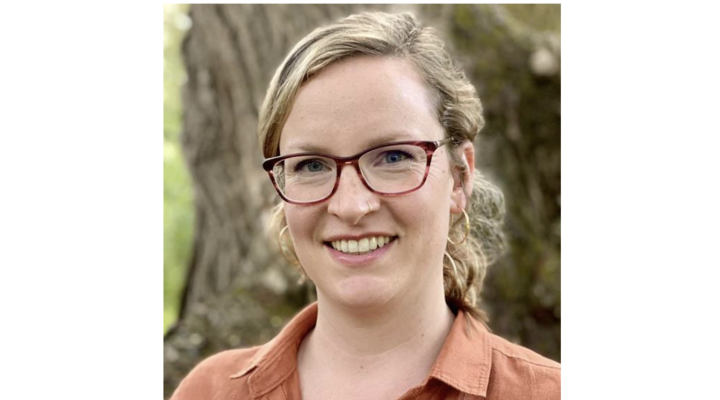Steven Adie would like to bring his work in optical coherence tomography out of the lab and directly to the patient’s bedside. “Imaging is no longer about lenses and mirrors. It is now about an integrated approach where computation plays an integral role in the process of image formation. We hope to be able to image cancer mechanics with high resolution. What I bring is the ability to move that to in vivo settings.”
Adie joined Cornell’s Department of Biomedical Engineering in July 2013 after six years as a postdoctoral research associate at the University of Illinois at Urbana-Champaign. There he developed new techniques and processes aimed at providing detailed three-dimensional pictures at the cellular level. He is thrilled about coming to Cornell, where “there is a culture of close interdisciplinary contact and collaboration. I really like the emphasis on biomechanics and optical imaging.”
Adie’s lab will use optical coherence tomography to do the basic science of studying the role of mechanical properties in cancer formation. They want to make equipment that will allow researchers and clinicians to detect individual cancer cells in living patients without having to cut the patients open. They also hope to design, construct, and deploy portable systems capable of both diagnosing disease and monitoring the effectiveness of treatment down to the cellular level.
“There is a lot of scope for applying imaging techniques to basic science. In the last decade there has been a lot of research into the role of mechanical properties in the development of cancer. I feel like I’m riding a wave which is a great wave to be on.”
Adie chose to teach his first semester at Cornell. “It is good to connect with students early. I want to get the word out there about my research program. I like to see the expressions on their faces—that eureka moment. That is what I like about research. You stumble across something that makes you think about things in a new way.”
Adie had his own eureka moment in his final undergraduate year at the University of Western Australia. He was taking a course in laser optics and it all just clicked. “I liked it so much I chose an honors project on laser imaging of eye ablations. Once I did that project it set me on the path to biomedical optics.” His path in the field has led him from the surface of ex vivo cow eyeballs in Western Australia to the goal of clearly imaging in vivo human cancer cells in upstate New York.
Adie is thrilled to be doing his research in Ithaca. He was born in India and moved with his family to Australia at the age of 12. While in graduate school, a student from the University of Illinois at Urbana-Champaign came to the lab Adie was in at the University of Western Australia. The two hit it off. Adie returned the visit, and the two spent an intense week running experiments in the lab until 2 a.m. every night. After seven days he went back to Australia, but a published paper came out of that feverish week of research. Eventually, so did a post-doctoral research position.
Now, after six years in Illinois, Adie and his family are buying a house and starting a life in Ithaca. “My family likes to go hiking. We love to spend time outdoors. We have four kids and a dog. Ithaca is going to be great for us.” Adie likes to ride his bike and plans to commute to work on two wheels whenever he can. When he finds the time, he also enjoys playing his acoustic, electric, and bass guitars. “My family was here recently and they got to see the house. They loved it. They are looking forward to life in Ithaca and I’m excited to be able to interact with such a gifted group of faculty and students.”




